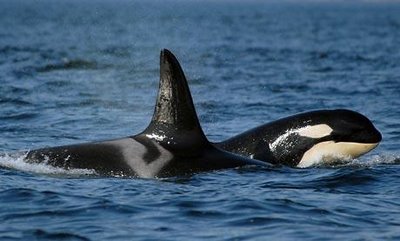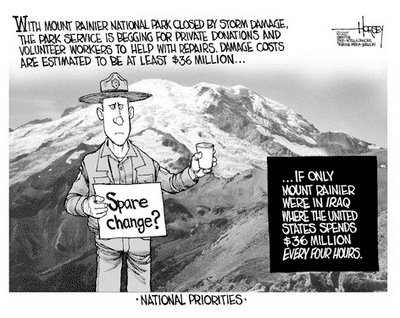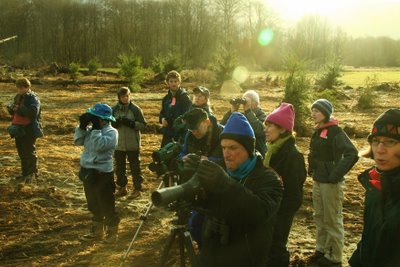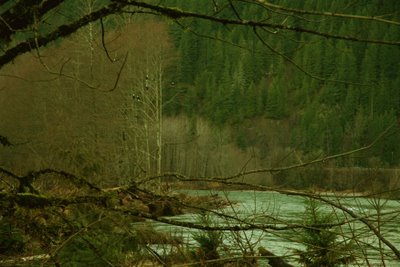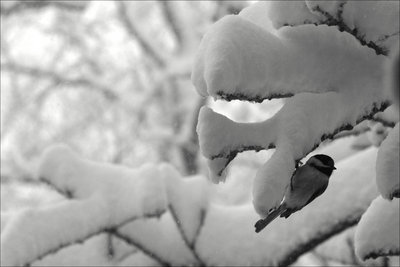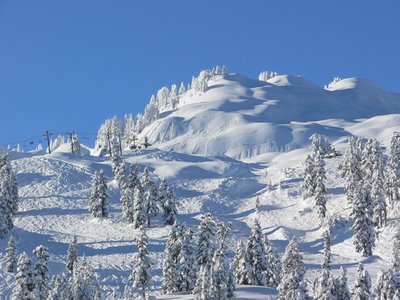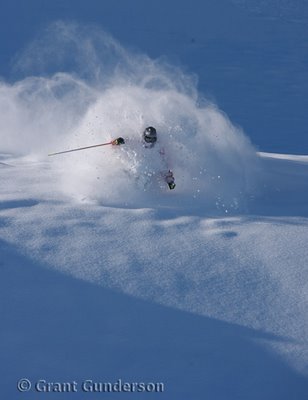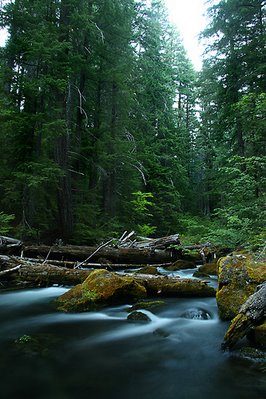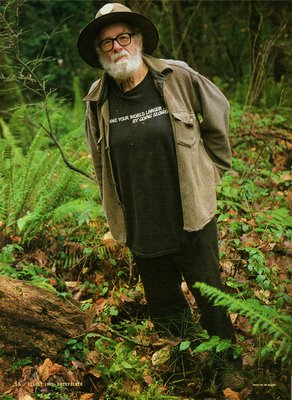
Well, the mountain itself is doing fine, but most of the human paraphernalia surrounding the mighty volcano -- roads, visitor centers, bridges, campgrounds, trails -- have been utterly demolished in the floods of November. For the first time in its' 108 year history, the national park is closed. The destruction is awe-inspiring, and I recommend you check out the web slideshow at the park's website to witness the raw, unforgiving power of Mother Nature.


The slideshow is
here -- it takes a second to load, but will drop your jaw -- or you can enter
this page for the full menu of videos, galleries and other depictions of destruction.


The demolition of Mt. Rainier National Park's assets presents a perfect opportunity to rally behind a campaign to provide more funding for our national parks. This is a huge passion of mine -- to raise park budgets instead of diminishing them by a thousand tiny cuts, to invest time, energy and federal dollars in to repairing and updating park facilities, which are in a woeful state from decades of benign neglect. I believe that our national parks (and other public lands) are this country's true treasure. Our protection of them -- North Cascades, Canyonlands, Yosemite, Glacier, the Grand Canyon, Rocky Mountain -- is our gift to the rest of the world, those of us among the living as well as for the generations to come.
Mt. Rainier National Park could serve as the poster child for our park's desperate need for investment. It is a well-loved, heavily visited park and nobody is going to argue against its' repair. Its' catastrophic destruction serves to dramatize our parks' plight, though honestly, most probIems are more invisible to the casual visitor -- leaking septic tanks, crumbling trails, air pollution and less and less staff to do behind-the-scenes work.
I hope that in the next presidential election there will be a candidate (calling Al Gore!) that takes on stewardship of our public lands as an issue and makes their restoration a plank in their campaign. It would be great to have this issue brought out in to the limelight so that, at the very least, awareness of the problem would be heightened.
I know, I know -- the current administration has messed up everything damned thing it has touched so severely that national parks will seem to most to be way down on the list of priorities. But a campaign to protect and restore our parks could be included in a more general campaign to incorporate sustainability in to the federal government and its'/our assets. Think of it -- national parks could be remade in to living laboratories of new sustainable technologies, a place where the public could experience "green living" and see how "normal" it can be, and a place for experimentation and study. I see no reason why the parks couldn't go off the grid and be energy sustainable on their own -- solar power at Zion, geothermal at Yellowstone, wave power at Olympic -- not too mention composting toilets, the removal of asphalt, mass transit for employees and visitors and LEED-certified structures.
And let's not forget that the root of the term "conservative," which Bush, Kempthorne & Co. claim adherence to, is "conserve," which my dictionary defines as to "protect something from harm or destruction" and to "prevent the wasteful or harmful overuse."
Could We The People make the restoration and stewardship of our public lands and parks a patriotic cause? Or are my political and populist dreams, like the photo below, a dead end?
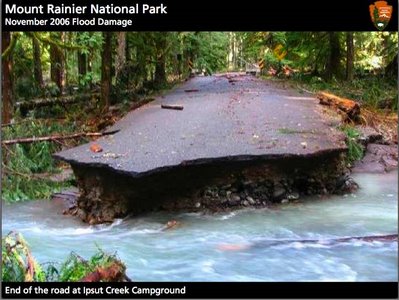 Mount Rainiernational parkssustainability
Mount Rainiernational parkssustainability

